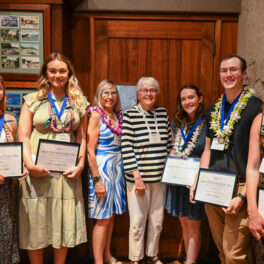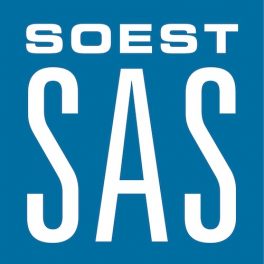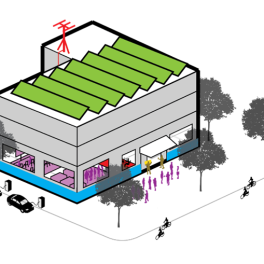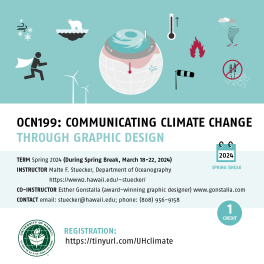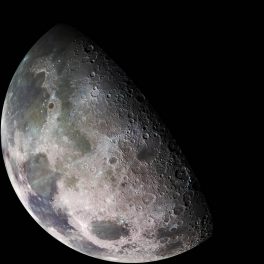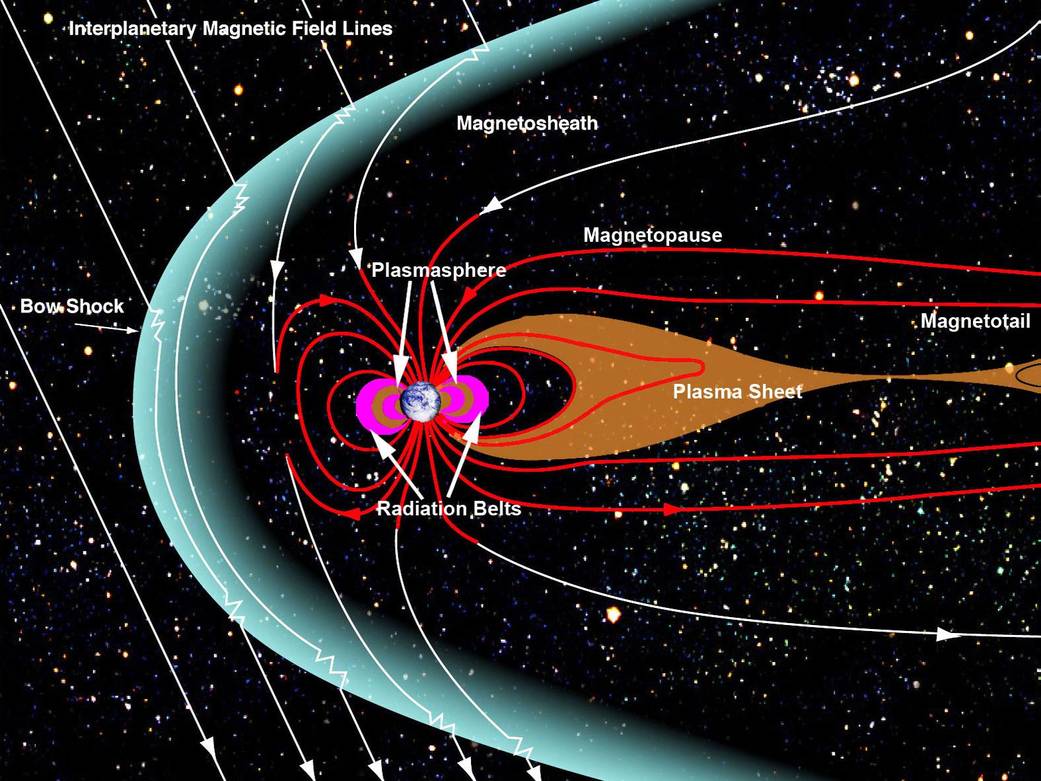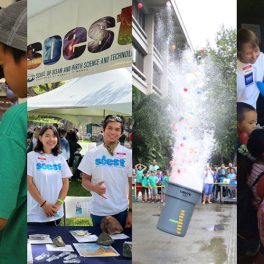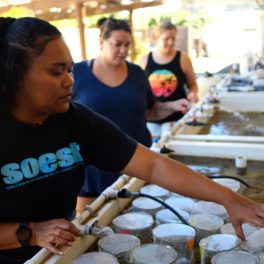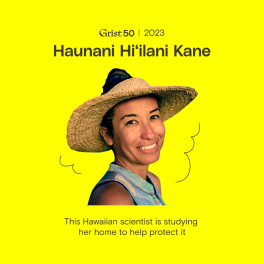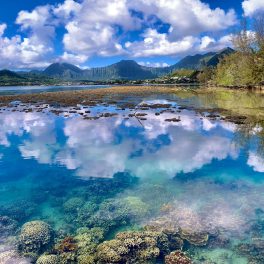Three members of the Hawai‘i Executive Collaborative, Climate Coalition, SOEST interim Dean Chip Fletcher, Chris Benjamin and Jeff Mikulina, wrote an article for the Honolulu Star-Advertiser Island Voices column, Build Resilience Hubs to strengthen Hawaii’s communities.
The full article is posted below.
* * * *
Lahaina was an unmitigated tragedy. Lives lost, buildings destroyed, and an entire town devastated.
But the community of people, the relationships and the culture of deep aloha arose from the danger and quickly built a network of care and safety for one another.
Noble and compassionate acts of community support were widespread.
Beach parks became landing zones for boats bringing critical supplies from other locations.
Families opened their homes to become distribution centers, emergency shelters and medical hubs, creating a network of rest and refuge.
In the days that followed, institutional and government assistance were critical. But within the very first hours, the hours that matter the most, it was locals of all types who showed resilience and made the life-saving difference with water, food, medical care, and most importantly, aloha.
With the accelerating impacts of climate change, resilience is a critical priority. We will not be able to stop future disasters, but we can better prepare and more quickly recover if we learn the lessons from past tragic events.
Let’s learn from the Lahaina experience to build more resilient communities across Hawai’i.
One approach is to envision a network of “Resilience Hubs” throughout the islands. Resilience Hubs are community-serving facilities designed to: 1) support residents and 2) coordinate resource distribution and services before, during, and after a disaster.
Resilience Hubs are promoted by the Urban Sustainability Directors Network (USDN) and are part of the City and County of Honolulu’s Resilience Strategy.
Imagine a network of durable, wind-resistant, energy-independent facilities strategically placed on the outskirts of every community, with the food, water, waste handling and sleeping capacity to handle the most vulnerable in the community for at least one week. Basic medicines and medical equipment, hardened cooling and communication technology, and emergency equipment would all be at the ready.
After the first week, as government resources pour in, a Resilience Hub provides space for classrooms, staging construction materials, temporary housing, and much more.
When not called upon for emergencies, a Resilience Hub serves as a neighborhood center for community-building activities. It could contribute to distributed clean energy production and energy storage, further strengthening our power systems. Wherever possible, the surrounding land would produce food, collect water and reconnect the community with place.
Resilience Hubs don’t necessarily have to be new, expensive buildings. The lobby of a large building, the storeroom of the local market, a school gym, the local community center, and other spaces can all be outfitted to serve as Resilience Hubs.
When designed well, these hubs are a smart local investment that combine climate adaptation and mitigation with social equity to reduce the burden on local emergency response teams, improve access to health improvement initiatives, foster community cohesion, and increase community- centered institutions and programs.
Resilience Hubs provide a focal point to build neighborhood unity and offer the resources residents need to enhance their own individual capacity. Instead of being led by local government, they are intended to be supported by local government and other partners, but led and managed by community members and community-based organizations.
Resilience Hubs should be defined by each neighborhood or local community for their own needs and reflect local values. However they are conceived, the planning process should begin soon. Climate change is increasingly being felt on these islands, and nature isn’t going to wait until we are ready for the next disaster.
Resilience Hubs can help our communities thrive during ordinary times and survive extraordinary crises.
